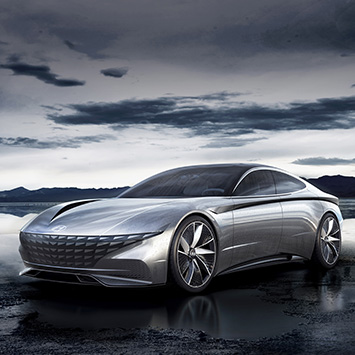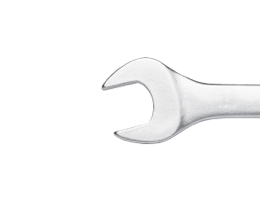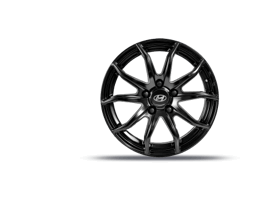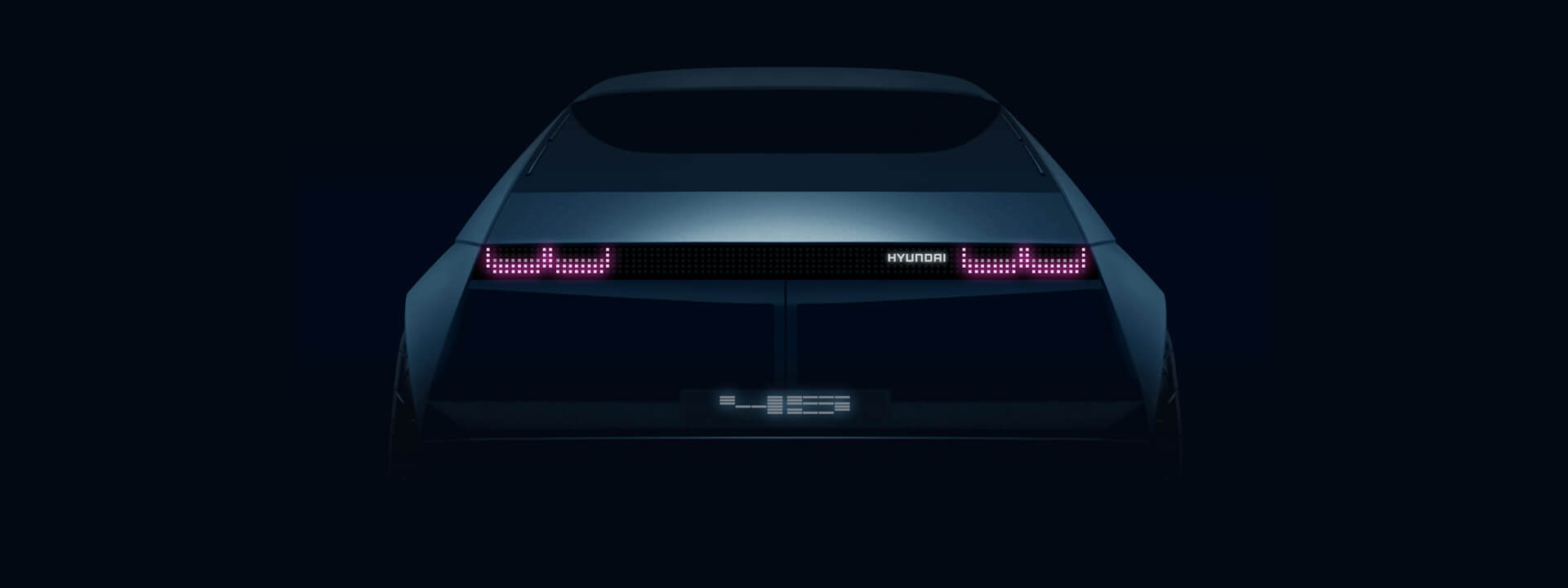Le Fil Rouge: Hyundai’s latest concept vehicle.
HYUNDAI CONCEPT CARS.
A concept car is a vehicle made to showcase new styling and technology. More often than not, they don’t make it past the concept stage.
Interestingly, features that once were considered futuristic now come as standard. Working backwards, Hyundai’s unique history of concepts includes: Fuel Cell Concept (2017); N Concept (2016); Santa Cruz (2015); Intrado (2014); HCD-14 Genesis (2013); i-oniq (2012); Blue2 (2011); HED-7 (2010); ix-Metro (2009); and i-Mode (2008).
At the 2018 Geneva International Motor Show, Hyundai Motor unveiled the 'Le Fil Rouge (HDC-1)' concept, marking a new era for Hyundai design and providing a glimpse of its future design cues. As its name implies, Le Fil Rouge (common thread) is a reflection of Hyundai’s belief that the brand’s past, present and future designs are all connected.
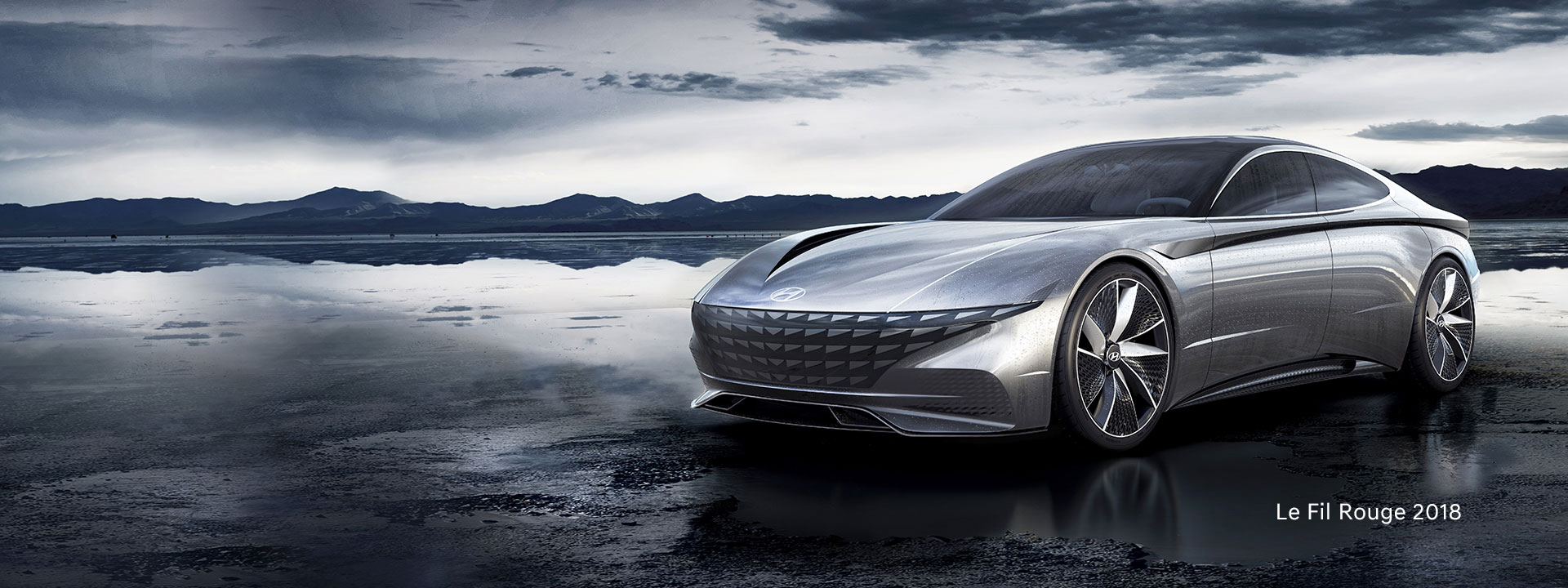
LE FIL ROUGE CONCEPT 2018.
‘Le Fil Rouge’ is a reinterpretation of Hyundai’s design DNA that originated from the brand’s historical Hyundai Coupe Concept in 1974 building on long history of creating distinctive and sporty character in vehicles.
The new concept is an introduction to our latest approach in design, ‘Sensuous Sportiness’, which will be embodied by all future Hyundai vehicles, ranging from sedans to SUVs. The goal of this new theme is to bring instinctive beauty, creating emotional value and desirability in Hyundai vehicles.
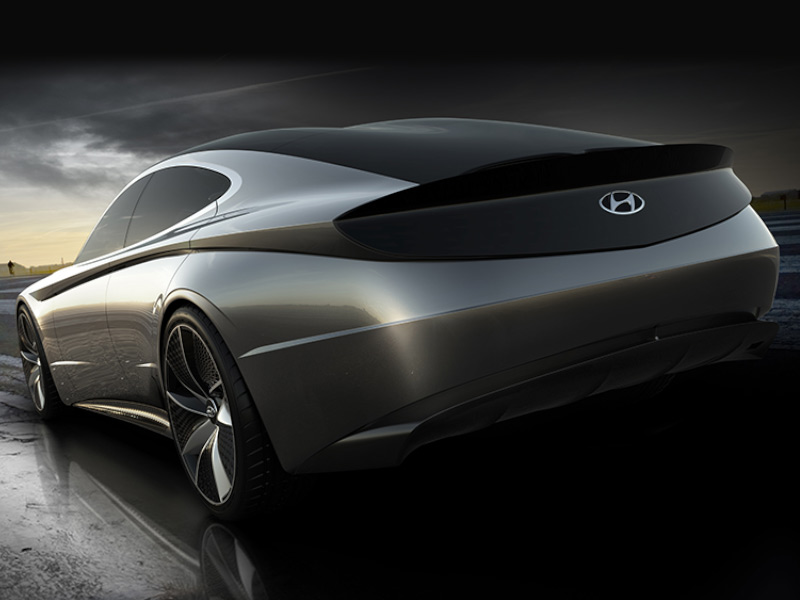
PROPORTION, ARCHITECTURE, STYLING & TECHNOLOGY.
Sensuous Sportiness is defined by the harmony between four fundamental elements in vehicle design: proportion, architecture, styling, and technology.
Proportion:
Le Fil Rouge creates proportional character based on the golden-ratio – a common mathematical ratio found in nature – which enabled Hyundai designers to create an aesthetically pleasing, natural looking composition that embodies charisma.
Architecture:
With Le Fil Rouge, Hyundai took a new approach called ‘Light Architecture’ to integrate a progressive identity into the brand’s design heritage. Light Architecture generates a dynamic look and forward motion effect for the vehicle. The front and the rear pillars, as well as the roof are seamlessly blended into the overarching silhouette of the vehicle, as though it is drawn with a single line.
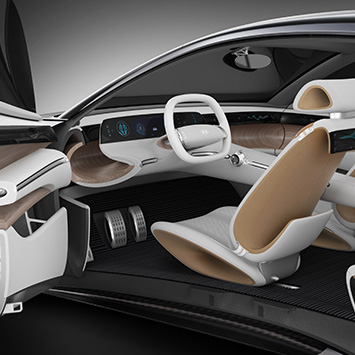
Styling:
Another goal of the team was to create a vehicle that is instantly recognisable as a Hyundai from a distance or amongst a herd. This was achieved by creating a sensuous tension on the side through a harmonious blend of layered crisp lines and pure volumes. Concave and convex forms are carefully orchestrated to provide a sexy character.
Technology:
A core design principle for Hyundai designers was to create a design that enables a seamless experience of function. Inspired by aircraft ventilation, a two-way air ventilation system blows air over the curved surface of lightweight tube architecture.
